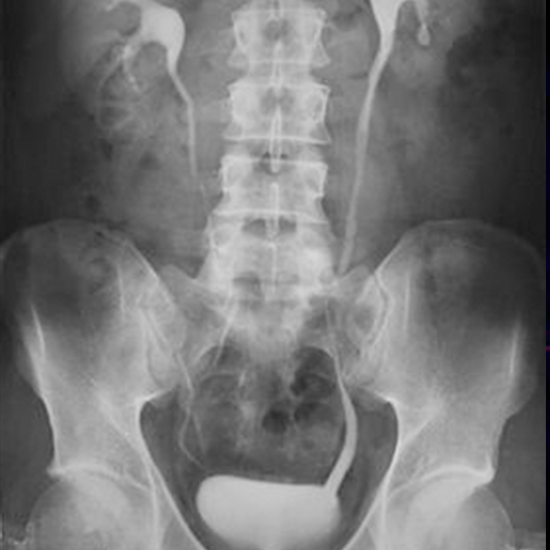
The imaging procedure known as intravenous urography (IVU), commonly referred to as intravenous pyelography (IVP), is used to check the kidney, ureters (the tiny tube that transports urine to the urinary bladder), and the urinary bladder. Monitoring is done of the passage of a contrast dye from the vein through the kidney to the urine bladder.